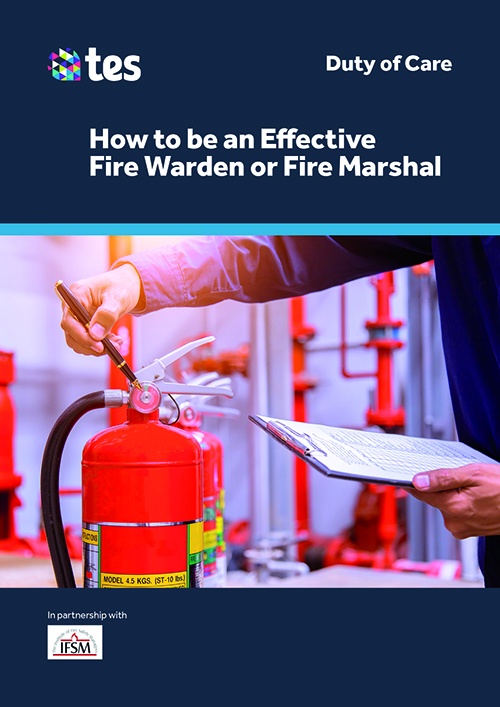
Fire safety: simple rules to help you keep safe on Bonfire Night
It is important to understand the nature of fire, how it spreads and what you need to do if you need to put a fire out.
The fire triangle
The fire triangle is a simple model for understanding the three necessary ingredients for fires to start: heat, oxygen
A fire is a chemical reaction and naturally occurs when these elements are present and combined in the right mixture. Once started, a fire will continue whilst these elements are available in sufficient quantities.
The fire can be prevented or extinguished by removing any one of the elements in the fire triangle.
How fires spread
There are four main ways that fire can spread:
- Convection. Hot air rises and this air might be hot enough to cause other materials to catch. If there were a fire in the corner of a room, heat, smoke
and gases given off by the fire will begin to spread horizontally once they reach the ceiling. With nowhere to spread, the hot gases will start to descend, lighting objects which can be far fromfire . These materials do not need direct contact with the flame. A door left open will allow fire and smoke out of the room of origin and spread quickly beyond. - Conduction. Some materials readily conduct or transfer heat from one part to another. A steel beam that has been exposed to fire on one side, for example, will get hot through its entire length. Typically, metal objects that pass through walls can be a problem if they are not adequately protected and fire stopped. This heat transfer can cause a fire to break out in locations that otherwise would have been unaffected.
- Radiation. This involves heat being transmitted across
a space from one object to another. The infrared radiation given off by a fire can usually be felt on the skin, and similarly, fuel objects will absorb this heat energy. A large building fire can often radiate enough heat to damage or set fire to other buildings nearby. - Direct contact with burning materials. A flame can be transferred from materials that are presently burning to other nearby materials. A flame might not need to come into contact with the material itself, as fumes given off the nearby materials might be flammable and catch
light .
Simple rules when considering putting a fire out
Many people put out small fires quite safely;
- Do not tackle a fire which is beyond your capabilities.
- Never tackle a fire if it is starting to spread or has spread to other items.
- Always put your own and other peoples’ safety first.
Fire and rescue
What to do when contacting the fire and rescue service.
- Dial 999.
- State that you require the fire service.
- Wait until you are put through, speak clearly, and provide the following information:
- the telephone number you are using (including the area code)
- the address (including
post code and county) - a nearby landmark
- any vital information; for example, where the fire is located, what may have caused it, whether people are trapped on the premises, or if the fire is spreading to other buildings.
- Do not hang up until the details have been repeated back to you.
The above information has been taken from our Fire Safety Awareness training course. The course has recently been updated to make use of the latest e-learning technologies and best practice for design and interactivity. It is costs £28.50 and is available to buy online or is included in our cost-effective training course packages.
Get in touch to find out more.
Related content:
How to be an Effective Fire Warden or Fire Marshal
This course is aimed at employees who undertake additional fire safety roles and responsibilities in the form of fire marshals or fire wardens as part of their daily duties.
Read moreHow to be an Effective Fire Warden or Fire Marshal
This course covers:
- the importance of effective fire safety procedures
- the legal position and the requirement for effective safety management systems that demonstrate statutory compliance
- what should be included in a fire policy and procedure
- the systems required to ensure the safety of vulnerable people such as employees or visitors with disabilities
Fire Safety
Fire Safety, written by expert authors and accredited by the Institute of Fire Safety Managers, provides the fundamental information needed to protect any premises against fire.
Read moreHow to be an Effective Fire Warden or Fire Marshal
This course covers:
- the importance of effective fire safety procedures
- the legal position and the requirement for effective safety management systems that demonstrate statutory compliance
- what should be included in a fire policy and procedure
- the systems required to ensure the safety of vulnerable people such as employees or visitors with disabilities
Fire Safety Training: Why It’s An Essential Investment
Fire safety training is one of the fundamental ways of ensuring that you have a safe work environment that is well prepared for any and all emergencies.
Read more
_500.jpg)

